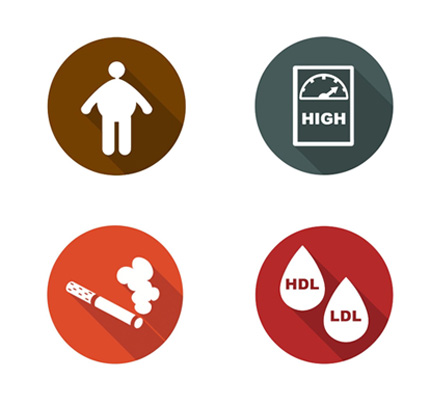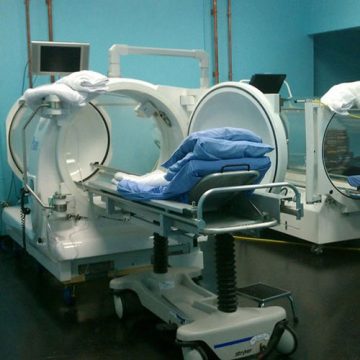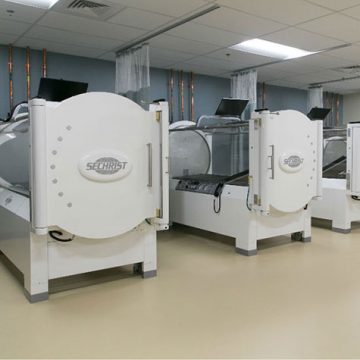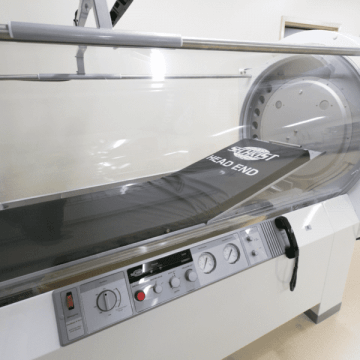September is
Peripheral Artery Disease
(PAD) Awareness Month
PAD affects over 8.5 million US adults and over 113 million people worldwide.
If left untreated, PAD can lead to amputation, heart attack or stroke.














